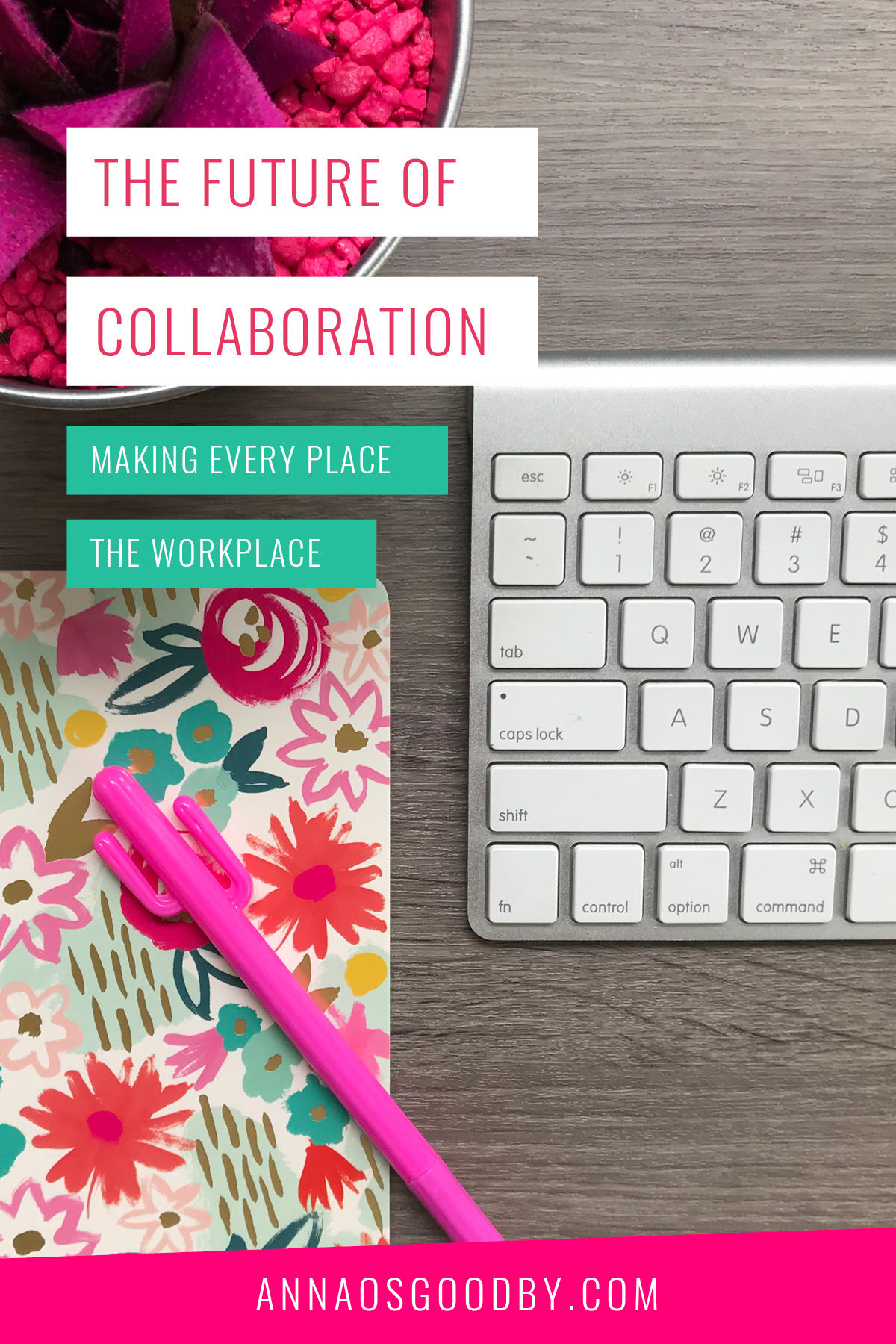One of the best parts of being an entrepreneur is the flexibility of my workplace. Some days it’s at a coworking space or a local coffee shop, others it’s at my home office, or, let’s be real, from the comfort of my couch. At the end of the day, though, my clients and the people I’m collaborating with care less about where I’m doing my work and more about the job at hand. As the way we define the term “workplace” continues to evolve, so will the way we do our actual work.
Why? Because we’re in a period of change, and entrepreneurs and freelancers aren’t the only ones being impacted. In fact, a number of surveys involving knowledge workers suggest that many organizations are already making significant changes in preparation for the future workplace. That’s because diminishing employee satisfaction is found by organizations to be one of the biggest challenges they face.
Organizations are losing talent to those branching out on their own or to other opportunities that allow for more flexibility. In fact, employees who had the freedom to work remotely reported being the most satisfied, creative, and productive among those surveyed, which is why you’re seeing this dramatic shift. So how will this shape the way we work together and how we view the workplace?
Human Connection Still an Important Factor
In the future we may be spending less time in traditional offices, but collaboration will remain a necessity across industries. We may be taking advantage of technology more, but human connection isn’t going to be any less important. The shift instead will be focused on how we communicate. No longer is it necessary to come into an office every day to share ideas; instead, teams can now take advantage of collaborative software to work together on shared tasks. As a designer, communication is a key part of my job no matter where I’m working from. Not only do I need to make sure that the needs of my clients are being met on each design project, but I also need to be able to coordinate any other moving pieces in between teams affiliated with those projects.
New technology and the integration of AI will only help benefit this process and streamline the experience of working with remote teams. Now, talk about new technology and AI replacing humans may make for catchy headlines, but the truth is, we’re not going anywhere. Instead, the trend will be more on developing software to make the process of collaborating more seamless and integrating systems that allow us to be more productive remotely.
Collaborating Effectively as a Team
As we shift to more professionals working remotely, our need for productive collaborative tools increases. Some of the top tools that make my job easier are programs that combine project management, communication, and workflow. These tools help break down location barriers and allow my team to work together as if we were all in the same room. Having a digital hub for projects makes it easy for all team members to access the information they need and provide updates anywhere and anytime.
Of course, there’s always the issue of unproductive meetings, which are regularly cited as a top challenge in employee surveys. Utilizing software that streamlines processes not only increases people’s ability to be more successful at working remotely, but it can also increase the productivity of meetings. This is because the programs make it easy for all team members to see what’s been accomplished already, meaning less time is spent on progress reports and more on big-picture tasks.
The most effective programs and tools are those that allow you to forget about the fact that you’re working in different locations and just focus on the tasks at hand. By expanding the way we look at the workplace, not only will we be able to enjoy more flexibility in our work, but we’ll also open many doors to collaborative opportunities that wouldn’t be available in a traditional workplace setting.
Mobile-Optimized Experiences
As the shift to working remotely continues to expand, so will expectation for mobile-friendly experiences. Today we’re more attached to our mobile devices than ever before and with that, we’re also doing more work from our phones. As a designer, I can tell you that, in the last few years, my clients are more concerned about how their websites translate across platforms than about eye-catching designs. They want to make sure that their brand experiences are seamless no matter if people are looking at their website on a desktop, tablet, or cell phone, and I expect this trend to translate into collaborative tools as well.
As a millennial, I’ve grown up with technology at my fingertips and just as the workplace has become more digital, I expect the same from the tools I use. I want to use tools that help me get my job done faster and more efficiently, and I want them to be accessible and easy to use no matter what device I’m using. And I’m not the only one. By 2030, millennials will make up 75% of the workforce’s employees, and it’s critical that the programs we’re building today are designed with that in mind.
My closing point: we’re in the midst of a dramatic shift in the way we view the workplace and how we’ll work together moving forward. During this turning point it’s up to us to take advantage of the technology available to build powerful collaborative tools that maximize productivity and break down barriers of location. The workplace will no longer be defined by its location but rather by the work that is accomplished and the tools we use to do so.
**This post is brought to you by Cisco and IDG. The views and opinions expressed herein are those of the author and do not necessarily represent the views and opinions of Cisco.

